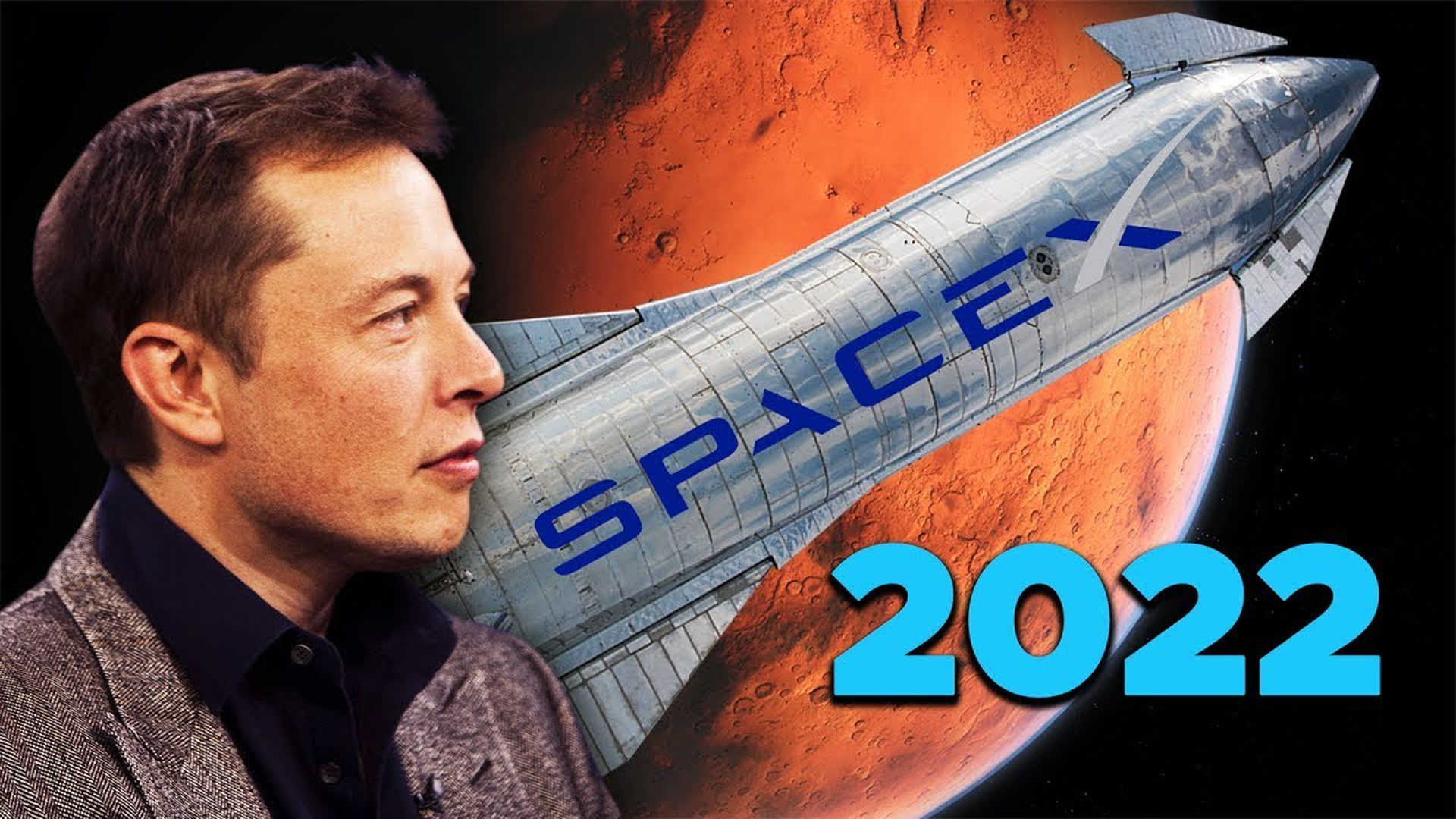Harriet Brewis
Apr 17, 2023
SpaceX starship launch: World's most powerful rocket set to blast off
content.jwplatform.com
One of the many reasons why SpaceX’s Starship is a very big deal is because it is very, very big.
The combined spacecraft and super heavy rocket is the most powerful launch vehicle ever created and it’s also the largest.
The fully reusable system – which is designed to carry both crew and cargo to the moon, Mars and beyond – is a whopping 394ft (120m) tall.
That’s taller than the Statue of Liberty (93m) and is not far off the height of the Great Pyramid of Giza, which measures around 130m at its peak.
Or, if you’d prefer, it's the equivalent of 27 double-decker buses stacked on top of one another.
Sign up for our free Indy100 weekly newsletter
It’s also a good 30ft taller than the iconic Saturn V rocket which blasted Lance Armstrong, Buzz Aldrin and Michael Collins to the moon back in 1969, and which was, up until now, the largest and most powerful rocket ever built.
If you’d like a more visual representation of just how big the Starship is, you should turn to the work of internationally-renowned graphic designer Tyler Skarbek.
He has created a poster which handily sets out all of the world’s most popular rockets from over the years.
And, as you can see, SpaceX’s $3 billion baby (bottom, right) dwarfs its peers:
\u201c"Rockets of the World" \ud83d\ude80 \n\nInfographic made by Tyler Skrabek\u201d— Banana for scale \ud83c\udf4c\ud83d\udccf (@Banana for scale \ud83c\udf4c\ud83d\udccf) 1628481923
The two-stage rocketship was due for blastoff from the SpaceX facility at Boca Chica, Texas, just after 2pm UK time on Monday but, owing to an issue with one of the booster's valves, the launch had to be scrapped.
Instead, the team pressed ahead with what's known as a "wet dress rehearsal", meaning they wetted the propellant tanks and carried out other key processes in the stages before liftoff.
The unmanned test mission, when it does eventually take off, will represent a key milestone in SpaceX's ambition of sending humans back to the moon, to establish a base there, and on to other planets.
On the SpaceX website, it boasts that the Starship will be able to carry 100 people on long-duration interplanetary flights and will ultimately revolutionise air travel.
“Imagine travelling to anywhere in the world in an hour or less,”it states. “With Starship and Super Heavy, most international trips could be completed in under 30 minutes.
“In addition to vastly increased speed, one great benefit to travelling outside of Earth’s atmosphere is the lack of friction as well as turbulence and weather.”

Still, boss Elon Musk and his team are under no illusions that the maiden voyage will be a smooth one when it does go ahead.
“Success is not what should be expected," he told a private Twitter audience on Sunday night.
The world's on-off richest man said the best-case scenario (that the rocket system does reach orbit) would provide crucial data about how the vehicle ascends to space and how it will fly back to Earth.
"Probably, tomorrow will not be successful," he accurately predicted ahead of Monday's damp (or, rather, wet) squib . "It's just a very fundamentally difficult thing."

Earlier on Sunday, the California-based company announced, also on Twitter, that it was moving ahead with flight preparations, while keeping a close eye on potential wind-shear conditions that could force a delay.
Musk admitted later in the day that it was "more likely" that the flight would be postponed from 17 April, with backup launch windows reserved for Tuesday and Wednesday.
However, SpaceX confirmed that they'd need to wait at least 48 hours before making a fresh attempt at liftoff to allow for sufficient time to "recycle".
The wait continues...
Have your say in our news democracy. Click the upvote icon at the top of the page to help raise this article through the indy100 rankings.
Top 100
The Conversation (0)














